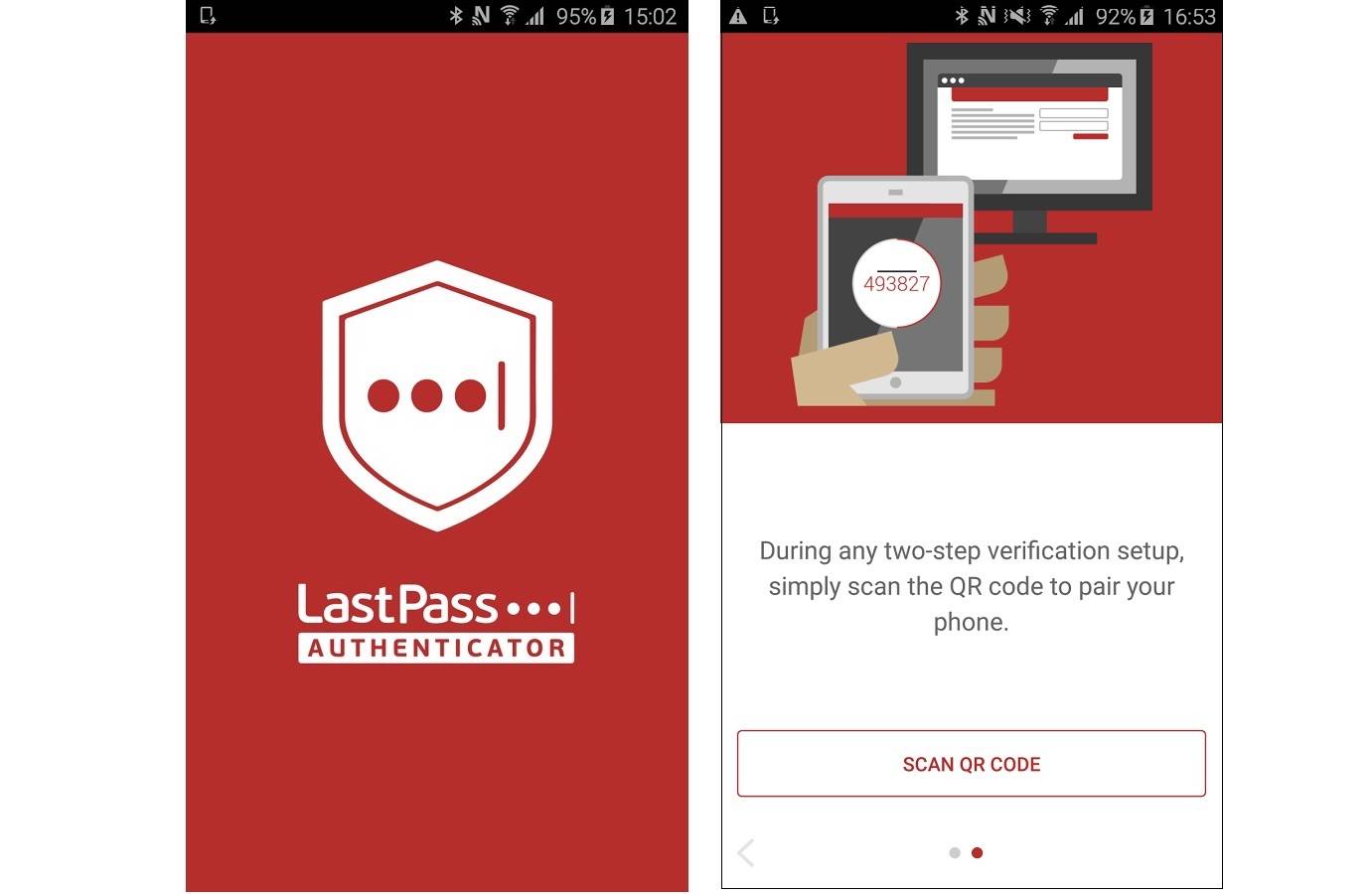

Set your preferences and save your account changes.Follow the prompts on your screen, view the barcode and scan it with the LastPass Authenticator app.Under “Multifactor Options”, edit LastPass Authenticator.Launch “Account Settings” from your vault.On your desktop or laptop, login to LastPass and open your vault.Head to the app store on your mobile device and download the app.

To activate LastPass Authenticator with your LastPass account: In addition, the app supports automated set-up via QR code. You can also ask the app to generate 6-digit, 60 second codes or receive a code via SMS. It will even work with any app or website that supports Google Authenticator like Facebook, Dropbox, Evernote, WordPress and others. By quickly launching the app and tapping, users can allow the login request. The app will send push notifications to users at the time of login to sites that requires two-factor authentication. Dubbed as LastPass Authenticator, the app brings two-factor authentication to your LastPass account and other supported applications. If nothing else works, please report your issue using the Send Feedback link from Authenticator app settings.Popular password manager LastPass has released its own two-factor authentication app. You can recreate the CSV by pasting your content in the CSV template file. To verify the integrity of CSV data, ensure that the first row contains a header with three columns: URL, username, and password, and ensure that each row contains a value in the URL and password columns. If we don’t currently support importing the format of your password manager, you could try creating your CSV file manually using the steps in Export by creating a CSV, above. Hopefully whatever caused the bad formatting was a temporary issue. One of the following steps could help you troubleshoot the issue. The most common cause of failed imports is incorrect formatting in the CSV file. Important: After successfully importing your passwords delete the CSV file from your desktop or mobile phone.


 0 kommentar(er)
0 kommentar(er)
